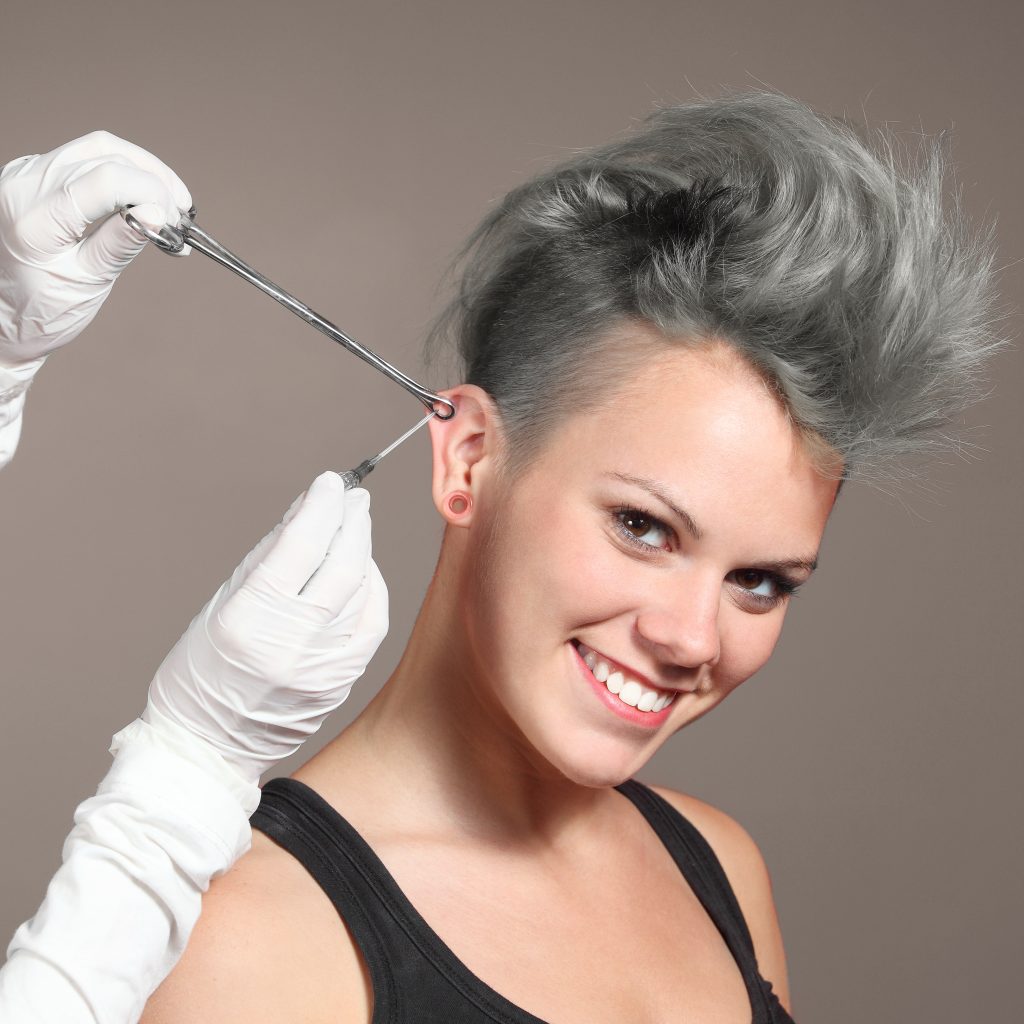
5
Aug
Potential Body Piercing Risks and Safety
0
0
0

Piercing is a popular form of body art. It’s simply the practice of piercing holes in parts of the body so that studs or rings can be inserted. This type of body modification often requires the use of a needle to puncture holes in the body. Body piercing can be done in various parts of the body, including genital piercings, nipple piercings, navel piercings, lip piercings, tongue piercings, eyebrow, nose piercings, and ear piercings.
Body piercing is a common type of body modification that involves the use of needles to make holes in body parts. Holes are punctured in the body to allow for the insertion of jewelry. Piercing can be done in several forms such as creating a hole in cartilage using dermal punch procedures and through scarification (i.e. deliberately scarring the skin). Other dramatic body modification procedure includes implanting beads into the skin and stretching the earlobes with jewelry.
There are several body piercing jewelry types, including barbells, ball closure rings, ear piercings, labret studs, helix jewelry, nose studs, nipple jewelry, rose gold and so on.
Health risks of body piercing
Despite having grown to become a very popular fashion trend, body piercings are often associated with health risks. As a matter of fact, it’s important to understand the adverse effects associated with body modifications of this sort before making a decision to do so – and when you do, it is very easy to avoid risk.
One measure of risk that often comes along with body piercings is bacterial infection. After modifying the body with body piercings, without proper care some people can in extreme cases develop an abscess – a pus-filled cavity resulting from inflammation which is commonly caused by bacterial infection. Untreated this can lead to sepsis, which is a dangerous condition.
Other risks associated with body piercings include:
- Excessive bleeding from a damaged blood vessel.
- Formation of a scar tissue (keloid) around the pierced region.
- Swelling around the piercing.

Safety precautions for piercings
First and foremost, it is imperative that you consult a PROFESSIONAL piercer and never do the procedure yourself.
In other to avoid experiencing these health problems here are some piercing safety tips that professionals should observe.
- Ensure to sterilize jewelry before inserting it through the body.
- After each customer, ensure to always sanitize and wipe down the piercing equipment and surfaces worked on.
- It is recommended to use a single needle to perform body piercings and then dispose after each use.
- The use of a fresh pair of disposable surgical gloves is recommended for every piercing operation.
- Piercers should wash their hands before putting on surgical gloves.
- Avoid crushing delicate tissues during piercing. Piercing guns with hollow needles should only be used on earlobes.
In case an abscess, a fever, or a red, swollen skin is observed, it’s a sign of an infected piercing. At this point, it is highly recommended to see a doctor immediately.